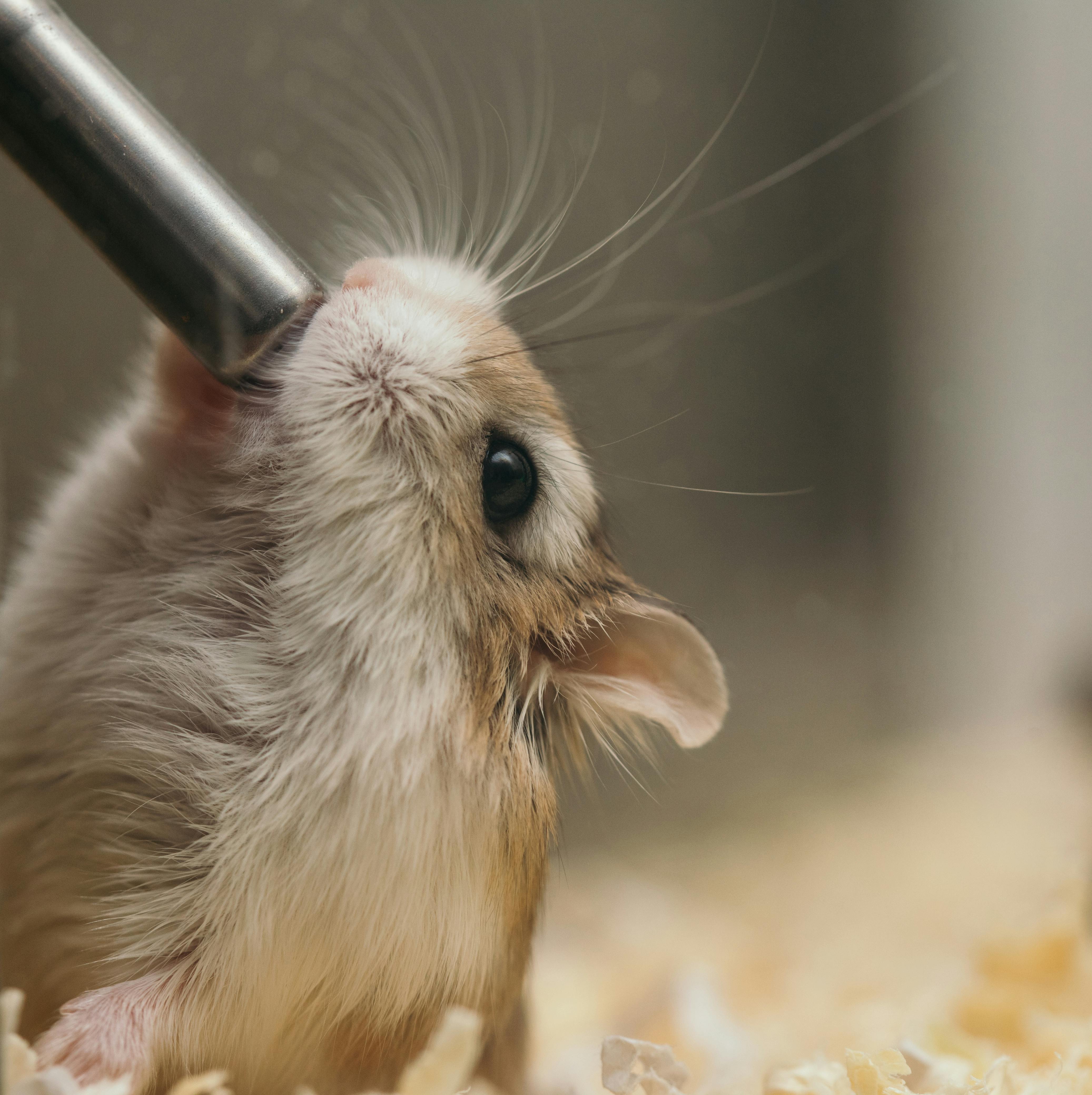
Top 5 Effective Solutions for Caring for Platinum Parrot Fish in 2025
Understanding the Basics of Platinum Parrot Fish Care
Platinum parrot fish are a colorful and unique freshwater species, prized by hobbyists for their striking appearance and playful nature. Caring for these fish involves understanding their specific habitat needs, dietary preferences, and social behaviors. In 2025, it remains crucial to create an optimal living environment for them to thrive, ensuring their health and well-being.
One of the first steps in caring for platinum parrot fish is understanding their habitat requirements. These fish flourish in a well-maintained aquarium that replicates their natural environment. Proper tank setup includes choosing the right tank size, ensuring appropriate water conditions, and adding suitable decorations and hiding spots.
Additionally, observing the unique platinum parrot fish behavior is essential in ensuring they are happy and social. Recognizing signs of stress or aggression is vital for maintaining a harmonious community tank. In this article, we'll cover the top five effective solutions for caring for platinum parrot fish, from tank setup to diet and socialization tips.
Creating an Optimal Habitat for Your Platinum Parrot Fish
When planning your platinum parrot fish habitat, it’s important to choose an adequately sized tank. A minimum of 30 gallons is recommended to provide plenty of space for swimming and hiding. This prominent tank size helps maintain stable water quality, which is crucial for the fish’s health.
Adequate filtration is also critical for a thriving aquarium. Platinum parrot fish often produce a significant amount of waste, making a high-quality filtration system necessary. Aim for a filter that can process at least 4-5 times the volume of your aquarium's capacity per hour.
Incorporating plants and decorations in your tank setup fosters a comfortable environment. Choose non-toxic aquatic plants for decoration that can provide shelter. Additionally, maintaining suitable water conditions, such as temperature (around 75°F - 82°F) and pH levels (6.5 - 7.5), is vital.
Moreover, consider lighting requirements; a light cycle that mimics natural daylight can help regulate behaviors and promote overall health. Proper lighting not only enhances the fish’s colors but also supports plant growth, sustaining the aquatic ecosystem.
Finally, understanding your platinum parrot fish's environmental needs will help you create a harmonious habitat that allows them to thrive.
Feeding and Nutrition: A Comprehensive Guide
Feeding platinum parrot fish the right diet is fundamental to their growth and health. Their diets primarily consist of high-quality pellets supplemented with various types of fresh vegetables. Establishing a routine is key to a proper feeding schedule, aiming for two to three meals a day while monitoring portion sizes.
To diversify their diet, consider offering live or frozen foods such as brine shrimp, bloodworms, and daphnia. These protein-rich options encourage healthy growth and vibrant colors. Additionally, incorporate vegetables like zucchini, spinach, and peas to provide essential nutrients. Vegetables should be blanched before serving to make them easier for the fish to consume.
Moreover, pay attention to feeding habits; overfeeding can lead to health issues, including obesity and water quality problems. Achieving a balance in feeding will not only contribute to their well-being but also keep the tank environment clean.
It's beneficial to regularly monitor their health by observing their swimming patterns and behavior during feeding times. Healthy platinum parrot fish exhibit active swimming and eagerly consume food. If they become lethargic or refuse to eat, it may signal underlying health issues.
By implementing these feeding strategies, you'll ensure your platinum parrot fish receive the best nutrition for vibrant growth and health.
Understanding Behavior and Social Dynamics in Your Aquarium
Platinum parrot fish exhibit unique behavior traits that require observation to ensure a harmonious environment. These fish are generally social but can be territorial, especially during breeding season. Understanding their social interactions is crucial for keeping your community tank peaceful.
In a mixed-species aquarium, it is essential to choose compatible tank mates, such as other peaceful freshwater fish of similar size. Avoid aggressive fish that may stress or intimidate them. Monitoring group dynamics can provide insights into their social behavior and help prevent aggressive encounters.
In addition, recognizing signs of stress factors that may arise from overcrowding or inadequate hiding spots will help maintain a tranquil atmosphere. Ensure there are enough places within the tank for the fish to retreat and feel secure.
While they do enjoy social interactions, providing a balance between community living and individual space will help manage any territorial behavior effectively. Encouraging these fish to explore their environment fosters natural behaviors and contributes to a healthy aquarium ecosystem.
By understanding and managing the social dynamics of your platinum parrot fish, you'll create a serene and thriving community tank that supports their well-being.
Maintaining Water Quality and Fish Health
The health of your platinum parrot fish is closely linked to the quality of their water. Regular monitoring of water parameters, such as temperature, pH, and ammonia levels, is crucial for aquatic wellness. Invest in a reliable water testing kit to help you accurately manage these conditions.
Routine water changes—approximately 10-15% weekly—are essential in maintaining a stable environment. This practice dilutes toxins and pollutants, providing a cleaner habitat for your fish. In addition, consider using a dechlorinator when adding tap water to your tank.
Furthermore, observing the fish for signs of health issues is vital. Common health problems may include ich or fin rot, often linked to poor water quality and stress factors. Early detection allows for timely treatment, enhancing your fish's chances of recovery.
Implementing strong filtration systems along with algae control measures can help reduce bacteria buildup and overall waste in the aquarium. Additionally, consider using natural algae-eating species as tank mates for the benefit of overall tank health.
Maintaining vigilance over water quality and understanding the signs of potential health problems will go a long way in ensuring the longevity and vitality of your platinum parrot fish.
Breeding and Lifespan of Platinum Parrot Fish
Breeding platinum parrot fish can be a fulfilling experience for hobbyists. With proper preparation, you can encourage healthy breeding behaviors and witness the fascinating growth stages of their young. They typically reach sexual maturity by 6-8 months old, which is essential knowledge for aspiring breeders.
Setting up a breeding tank involves ensuring the right water conditions, adequate space, and suitable hiding spots for the female to lay eggs. Observe the fish's mating rituals; you may notice courtship behaviors, such as chasing and displaying vibrant colors, indicating their readiness to breed.
After the spawning process, parental care becomes crucial. The parents often guard the eggs, which hatch within a few days. Providing a nutritious diet to the juvenile fish during this vulnerable stage will promote healthy growth.
Understanding the typical lifespan of platinum parrot fish, which ranges from 10 to 15 years in optimal conditions, emphasizes the importance of providing lifelong care. Factors like water quality, diet, and social environment play a significant role in determining their longevity.
By focusing on breeding practices and lifespan considerations, you’ll better equip yourself to raise healthy platinum parrot fish, contributing to the overall success and enjoyment of your aquarium hobby.


As we delve deeper into the world of platinum parrot fish, keeping their unique needs and behaviors in mind fosters an enriching and fulfilling experience for both the fish and their caretakers. From understanding their environmental requirements to managing their social interactions, proper care ensures these stunning fish remain a vibrant addition to any aquarium.